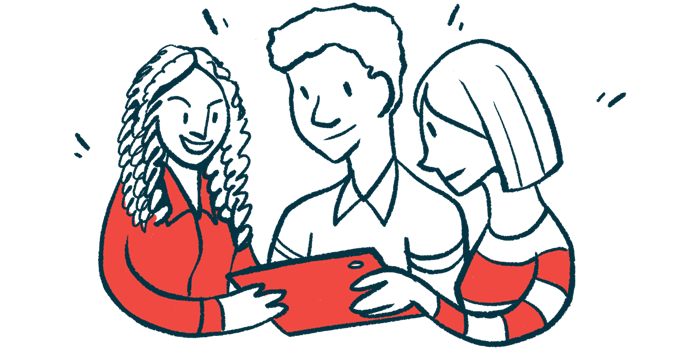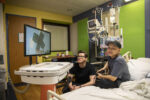Chronic pain is common in SMA across all age groups: Swiss study

Chronic pain is common among people with spinal muscular atrophy (SMA) across all age groups, according to a Swiss study.
Patients who had surgery to correct scoliosis, a sideways curvature of the spine, were most likely to have chronic pain, as were females and adolescents.
“Awareness should be heightened among health care providers that pain can be an important issue in patients with SMA,” the researchers wrote in “Chronic Pain in Patients with Spinal Muscular Atrophy in Switzerland: A Query to the Spinal Muscular Atrophy Registry,” which was published in the Journal of Clinical Medicine.
While the hallmark feature of SMA is muscle weakness, many patients have chronic pain, which is often seen in other neurological disorders. Few studies have investigated chronic pain in SMA, and even fewer in SMA children and adolescents, however. Here, scientists from across Switzerland came together to assess the prevalence of chronic pain in SMA children, adolescents, and adults, and to identify the clinical characteristics that may influence it.
Prevalence of chronic pain in SMA
Data on chronic pain was collected from the Swiss Registry for Neuromuscular Disorders and was reported in 141 patients, ages 1-66, 43% of whom were female. Twenty-eight patients (19.9%) had SMA type 1, 59 (41.8%) had type 2, and 51 (36.2%) had type 3. Three patients were unclassified. Scoliosis was present in 75.8% of cases and contractures, that is a fixed tightening of muscles, tendons, ligaments, or skin, in 63.8%. One in five could walk (19.2%), half were sitters (50.4%), and one in three were non-sitters (30.5%).
Chronic pain was reported in 55 patients (39%) during one or more follow-up visits. Regarding age, 48% of adults, 62% of adolescents (ages 12-18), 39% of older children (ages 6-11), and 10% of children under 6 reported chronic pain.
The most frequently reported pain sites were the legs, back, and hips, with one in five (21%) reporting pain in more than one part of their body. Adults reported mainly head and neck pain, whereas older children and adolescents reported chest pain. The four children under 6 had pain in the head, legs, feet, hips, and belly/pelvis.
Of the 26 patients with chronic pain who had scoliosis surgery, two had chronic pain before surgery. Six reported chronic pain up to six months after surgery, while the other 18 patients reported chronic pain between one and four years after surgery.
After reporting chronic pain at a follow-up visit, 28 patients received pain medication. Less than half of the adults (44.8%) took pain medication, compared to most (81.8%) adolescents. Three of four children under 6 took pain medication.
Chronic pain was associated with being female and the presence of contractures and scoliosis (with surgery). Adolescents and patients with SMA type 2 were more likely to report chronic pain.
After statistical adjustments to correct for influencing factors, those with scoliosis plus surgery were 10 times more likely to have chronic pain. Chronic pain was 3.27 times more likely to occur in females than males and 3.61 times more likely in adolescents.
Compared with walkers, chronic pain was 2.12 times more likely in sitters and 2.67 times in non-sitters. Those with contractures also had more chronic pain.
“The study underscores the importance of assessing and managing pain in SMA patients, as it appears to be an important aspect of their overall health and well-being,” the scientists said.
The post Chronic pain is common in SMA across all age groups: Swiss study appeared first on SMA News Today.




